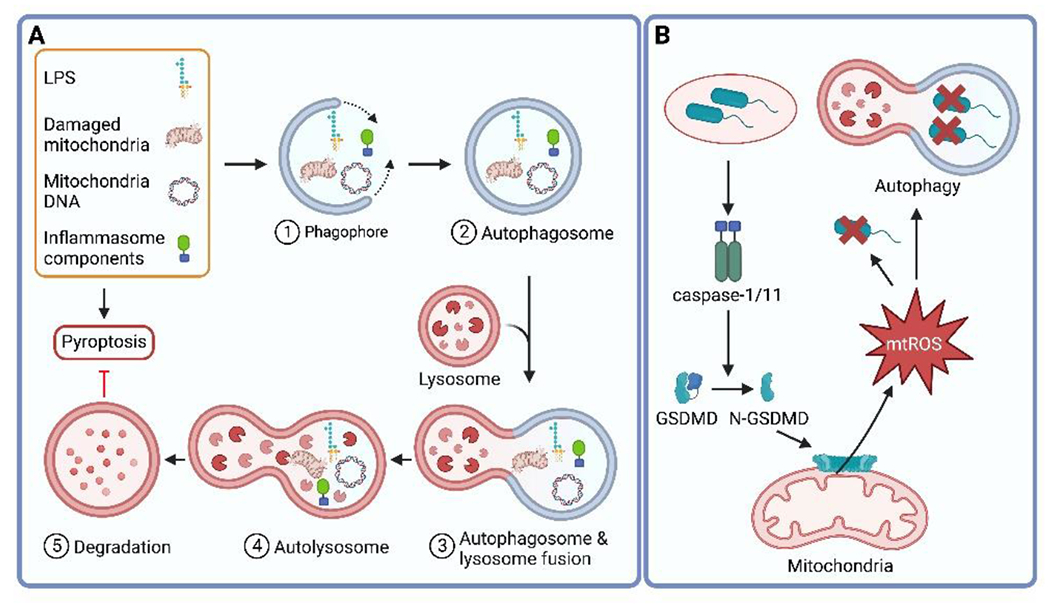Figure 2. Interplay of autophagy and pyroptosis.

A. Autophagy is a cellular process that captures and degrades a variety of cellular materials, including damaged organelles, self-proteins, and pathogen-derived molecules. This process is initiated by the formation of a double-membrane structure called a phagophore, which expands and engulfs the targeted material to form an autophagosome. The autophagosome fuses with a lysosome to form an autolysosome, where the materials are degraded. Autophagy plays a role in inhibiting inflammasome activation by removing damaged mitochondria, mitochondrial DNA, cytosolic PAMPs, and inflammasome pathway components. B. In response to Burkholderia cenocepacia infection, the inflammasome can be activated by bacterial effectors that are secreted through the bacterial secretion system. Once activated, the inflammasome cleaves GSDMD, which then targets mitochondria to mediate the release of mitochondrial ROS (mtROS). mtROS can directly target cytosolic bacteria or promote the clearance of bacteria through xenophagy, a selective form of autophagy.
